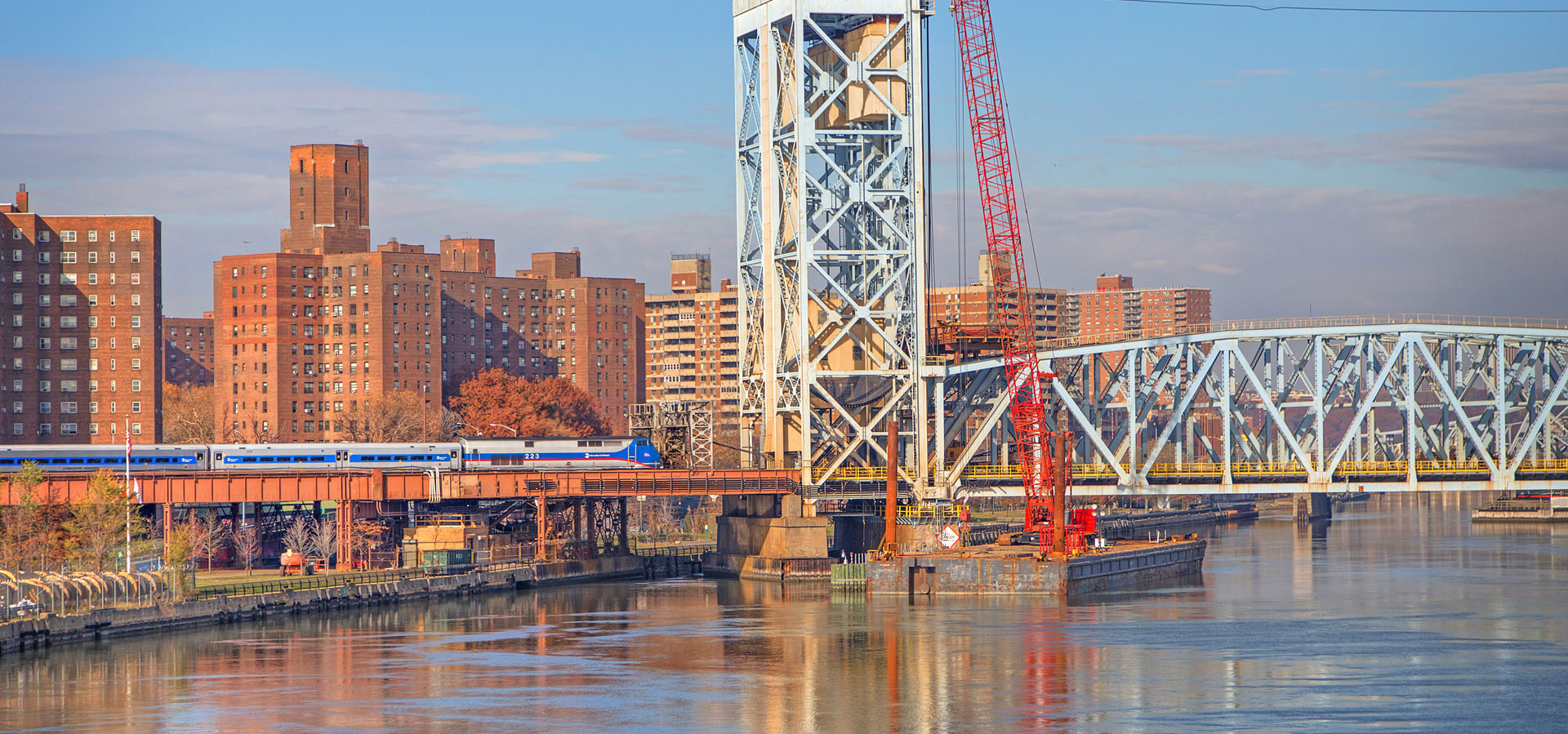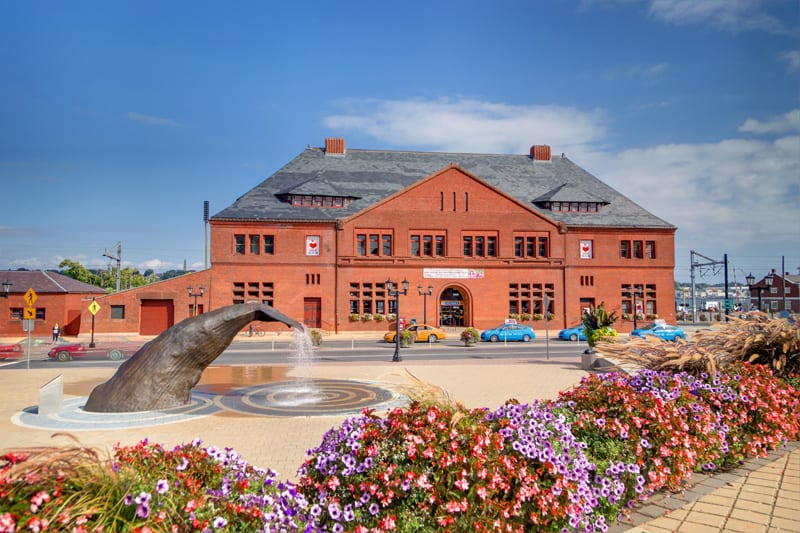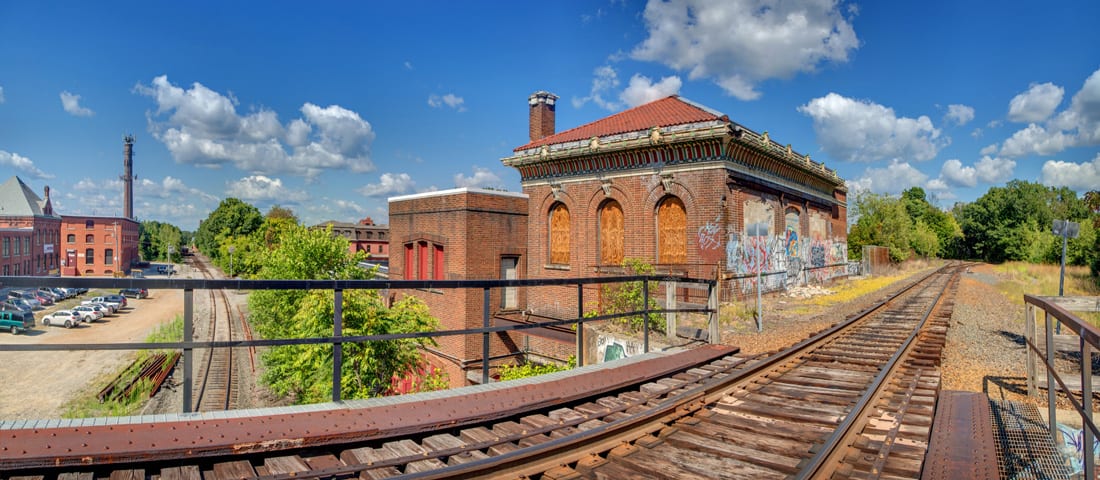H.H. Richardson’s Last Station – New London Union Station
When it comes to great American architects, one must certainly mention the name Henry Hobson Richardson. Richardson’s name may not be as widely mentioned as some others – likely because he unfortunately passed in...




